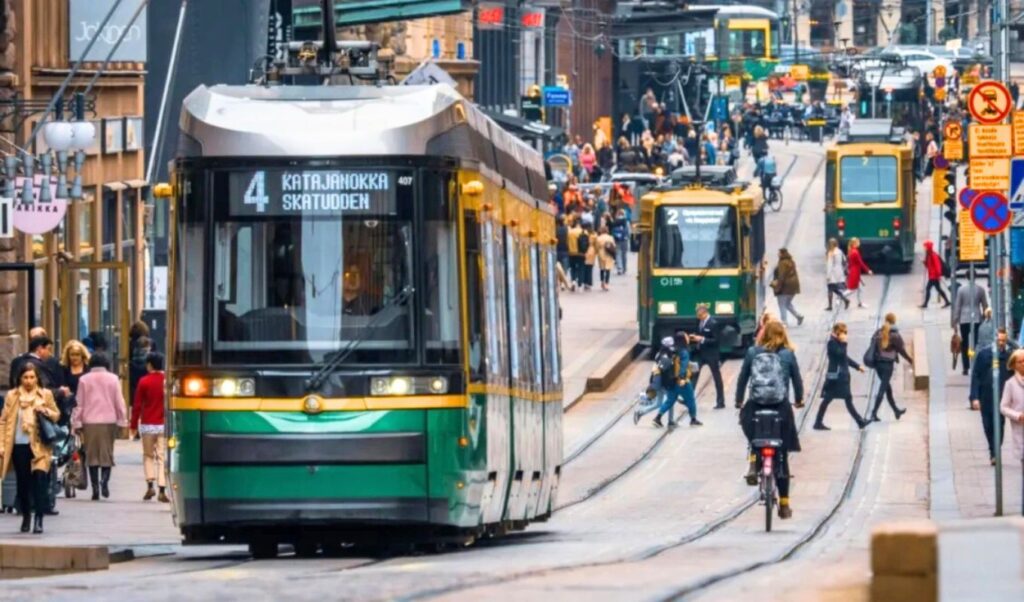At a time when traffic deaths in the EU decreased by 3% in 2024, but continue to cause daily tragedies, Helsinki achieved a unique feat. Zero traffic deaths for an entire year.
According to Politico, in 2023 EU cities recorded 7,807 deaths, with Berlin counting 55 and Brussels nine. In Attica alone, just in July, Greek police recorded 531 traffic accidents with 11 fatalities. Although Helsinki has only 690,000 residents, its metropolitan area hosts 1.5 million people.
Finland: Speed limits main factor in accident reduction
According to Ronni Utriainen, traffic engineer at the city’s Urban Environment Department, this success is due to many factors, but primarily “speed limits.” Citing data showing that the risk of pedestrian death is halved when a car’s impact speed is reduced from 40 to 30 kilometers per hour, municipal authorities imposed the lower limit in most residential areas and the city center starting in 2021.
The new limits were enforced with the installation of 70 new speed cameras and a policing strategy based on the national “Vision Zero” policy, which aims for zero injuries and deaths from traffic accidents. According to data from Liikenneturva, Finland’s national road safety organization, traffic deaths in Helsinki have shown steady decline since then.
Helsinki authorities have been trying for the past five years to repeat the “miracle” they first achieved in 2019, when no pedestrian or cyclist deaths occurred from car accidents.
Utriainen emphasized that the mission’s success is based on data-driven, long-term urban development strategies that have transformed the once car-oriented capital. As he explains, in many parts of the city, roads have been narrowed and trees planted to create a slight feeling of “discomfort” for drivers, with the logic that a more complex urban landscape forces them to move more carefully in residential areas.
Investments in new infrastructure for pedestrians and cyclists
Meanwhile, Helsinki has invested in new infrastructure for pedestrians and cyclists, including an extensive network of bike paths exceeding 1,500 kilometers. Additionally, it has strengthened the public transportation network with carbon-free vehicles and received funding from the European Investment Bank to create a new tram line.
Utriainen stated that the upgrades contributed to “reducing car use and, consequently, the number of serious accidents.” Statistics show that between 2003 and 2023, the number of traffic injuries in the city decreased from 727 to just 14.
The city’s success doesn’t go unnoticed in Brussels, where the European Commission is pushing for traffic death reduction. Earlier this year, Transport Commissioner Apostolos Tzitzikostas noted that most member states are not on track to achieve the EU’s 2018 goal of reducing traffic deaths by 50% by 2030.




